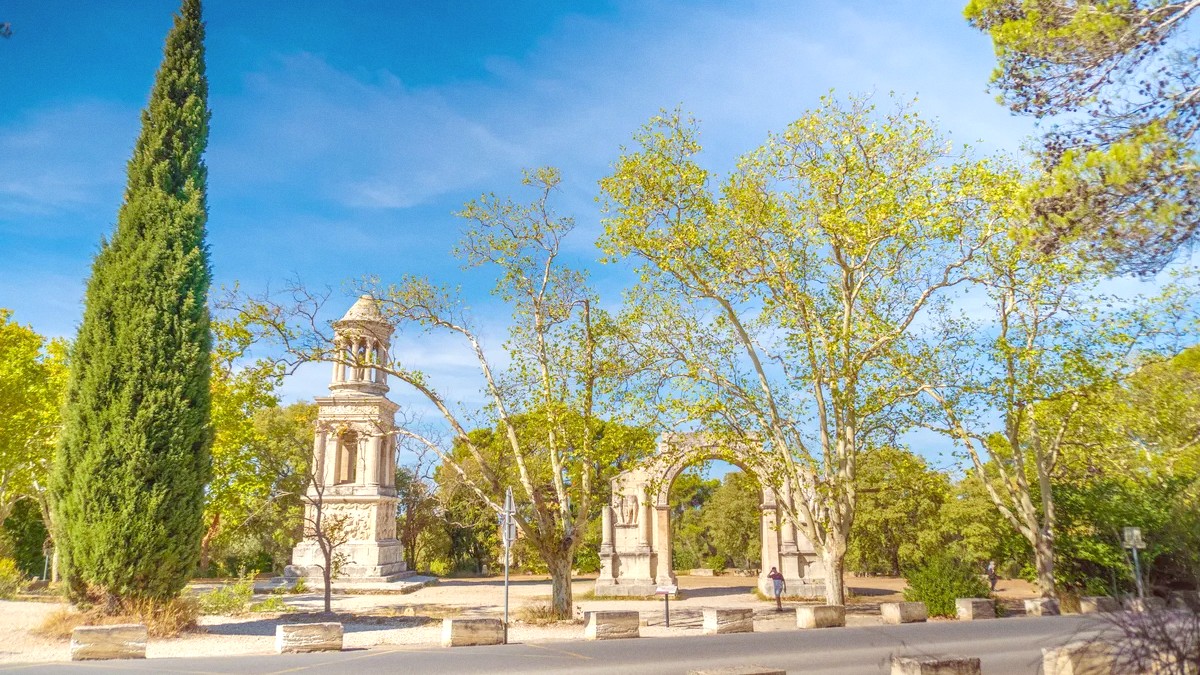
France
The Phare des Baleines, located at the rugged western tip of the island in Saint-Clément-des-Baleines, is a grand 57-meter lighthouse built in 1854. Its name refers to the whales that once visited these waters. Adjacent ruins of the "Old Lighthouse" also exist. The lighthouse is open daily with an entry fee, climbing 257 steps to the top. An adjacent museum provides maritime history. Arrive early or late afternoon to avoid crowds. Sunset views from the top are matchless for photography, especially with a Travel camera.
The Fortifications of Saint-Martin-de-Ré, an UNESCO World Heritage Site, are an impressive star-shaped citadel and ramparts encircling the historic town. Designed by Vauban in the late 17th century, they formed a network of fortified sites to protect against naval attacks. The ramparts are freely accessible for walking or cycling. Guided tours often come from the Saint-Martin-de-Ré tourist office. Walk or cycle along the ramparts for various perspectives. Consider a picnic on the grassy slopes.
The Abbaye des Châteliers is beautiful at sunrise or sunset, presenting excellent photo opportunities.
Vast areas of salt production that form significant ecosystems. They present incredibly scenic routes for cycling and walking, with their geometric patterns.
The island's flat landscape appears largely shaped by ancient marine deposits and centuries of salt marsh development.
Its geology is apparent in the salt pans and coastal erosion patterns, even without dramatic mountains or canyons.
These natural areas hold attraction for those interested in ecology and coastal environments.
Bring Binoculars for optimal bird viewing, especially during migration periods and at low tide.
Beyond well-known sites, Île de Ré holds smaller, equally charming treasures that give a more local experience.
Explore the vineyards, especially around Le Bois-Plage and La Couarde. Many vineyards have direct sales of local wines and Pineau des Charentes.
This small, quiet village, a part of Loix, has a picturesque mini-port that feels worlds away from the bustling main villages. A peaceful spot for a walk.
Beyond popular spots, seek out smaller, less touristy huts. They give an even more authentic experience with simple outdoor seating and fresh oysters.
Villages like Sainte-Marie-de-Ré or Loix, especially their less-trafficked side streets, reveal genuine local life away from summer crowds.
The island’s focus remains on preserving its established villages and natural beauty. Smaller, less-known parts of existing villages gain appreciation for their tranquil charm.
Spend time simply wandering and observing to discover these charming, hidden aspects of island life.
The iconic black and white spire of Ars-en-Ré church, especially at dawn or dusk, gives stunning photo opportunities.
Capture the colorful fishing boats bobbing in the ports of Saint-Martin and La Flotte, notably beautiful in the morning light.
Enjoy and photograph sunset views from the Phare des Baleines or from any of the island's numerous coastal paths.
The island has distinct visual appeal, ideal for capturing memorable photos.
The island has a diverse landscape that invites exploration.
Its flat terrain with extensive coastal paths makes for enjoyable walks and rides.
Explore the island's beautiful coastline, which features diverse beaches and serene waterways.
The island dedicates significant effort to preserving its natural environment, with specific zones set aside for wildlife.
The vast salt marshes hold not only economic value but also serve as significant ecosystems.
Conservation efforts help protect Île de Ré's fragile ecosystems and unique biodiversity.
Île de Ré has distinct natural features and historical sites that stand apart.
Over 100 kilometers of dedicated, largely flat cycle paths crisscross the entire island, connecting all villages and natural sites.
The island has numerous beautiful beaches, each with a different character suitable for swimming, water sports, or quiet relaxation.
Explore the formidable Vauban fortifications in Saint-Martin-de-Ré and the older Fort de la Prée, each telling tales of defense and history.
Numerous shops across the island feature standard and electric bikes, allowing convenient exploration.
Find Bike Rental InformationConsider a guided tour of the fortifications or salt marshes for historical and ecological insights.
Book Island Tours HereSeveral schools on the western and southern coasts provide lessons for surfing and kite-surfing.
Explore Water ActivitiesVerify current opening hours and entry fees for museums like Musée Ernest Cognacq.
View Museum DetailsPlan your visit to Phare des Baleines early or late to avoid crowds and photograph sunsets.
Plan Your Lighthouse TripWalking through the island's historical sites transports you back in time.
The island's natural beauty offers tranquility and discovery.
Bring a Travel camera with a wide-angle lens for capturing the expansive scenery of Île de Ré.
Comfortable shoes are a must for exploring the ramparts and village streets.
Effective planning helps maximize your exploration of Île de Ré's varied attractions.
Visiting during the shoulder seasons (spring/autumn) offers pleasant weather with fewer crowds at popular sites.
Cycling is the most popular and scenic way to explore the island's attractions.
Many of Île de Ré's attractions are accessible, but some have limitations.
Help preserve the island's charm by following local customs and rules.
Responsible tourism supports the island's beauty for future visitors.
Many attractions require tickets; consider booking in advance for popular spots.
Confirm hours and prices before your visit.
The quieter villages like Sainte-Marie-de-Ré or Loix, especially their less-trafficked side streets, reveal genuine local life away from summer crowds. Spend time simply wandering and observing.
The island's focus remains on preserving its established villages and natural beauty. Smaller, less-known parts of existing villages gain appreciation for their tranquil charm.
Seek out properties that highlight local art or history within their decor, for an enriched travel experience on the island.